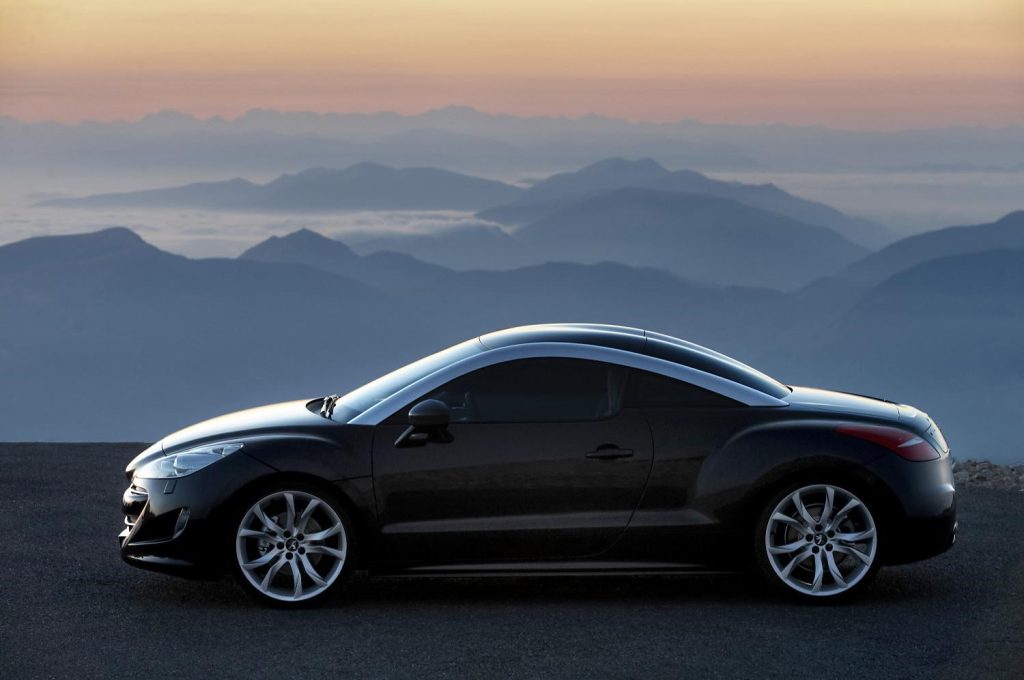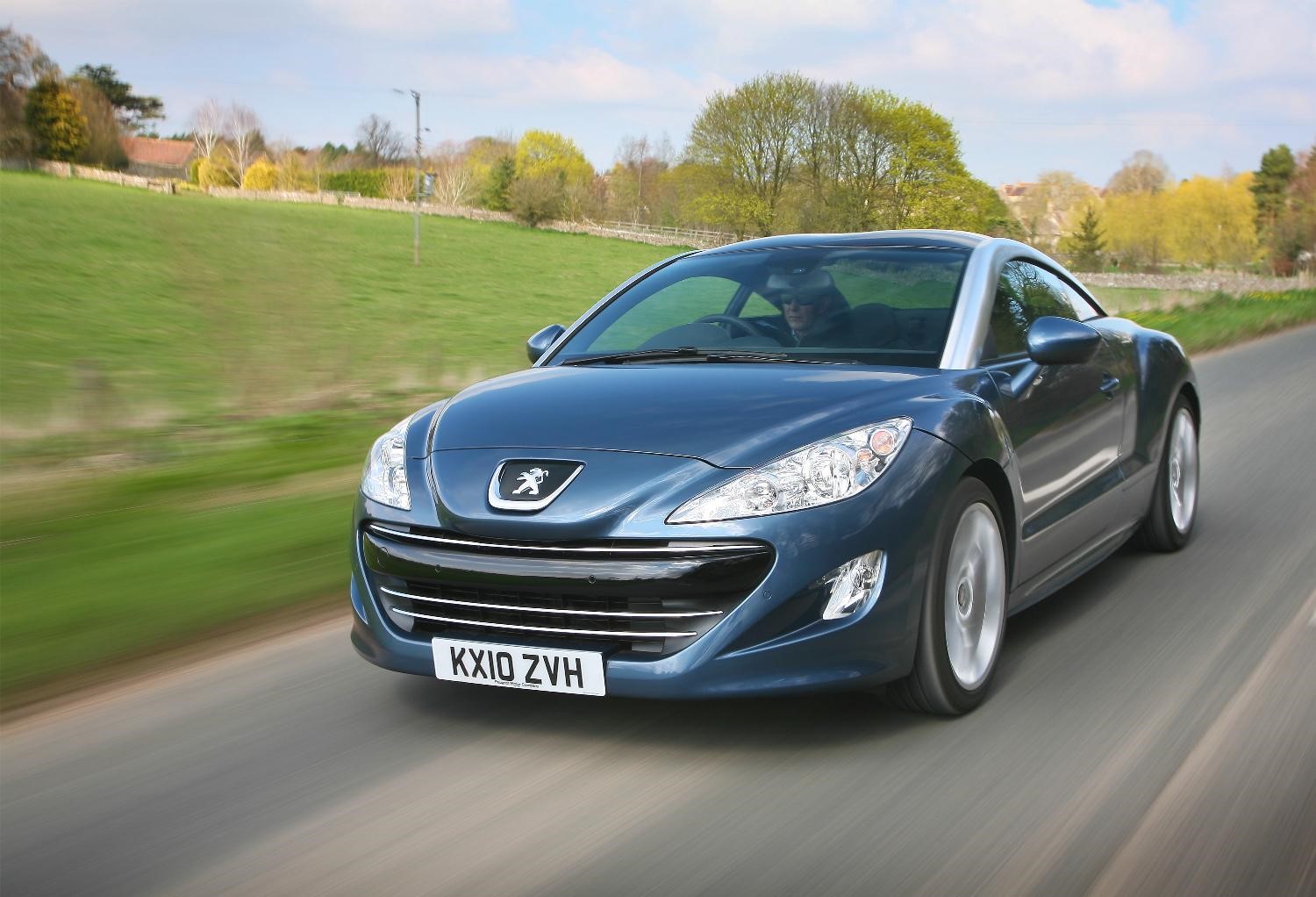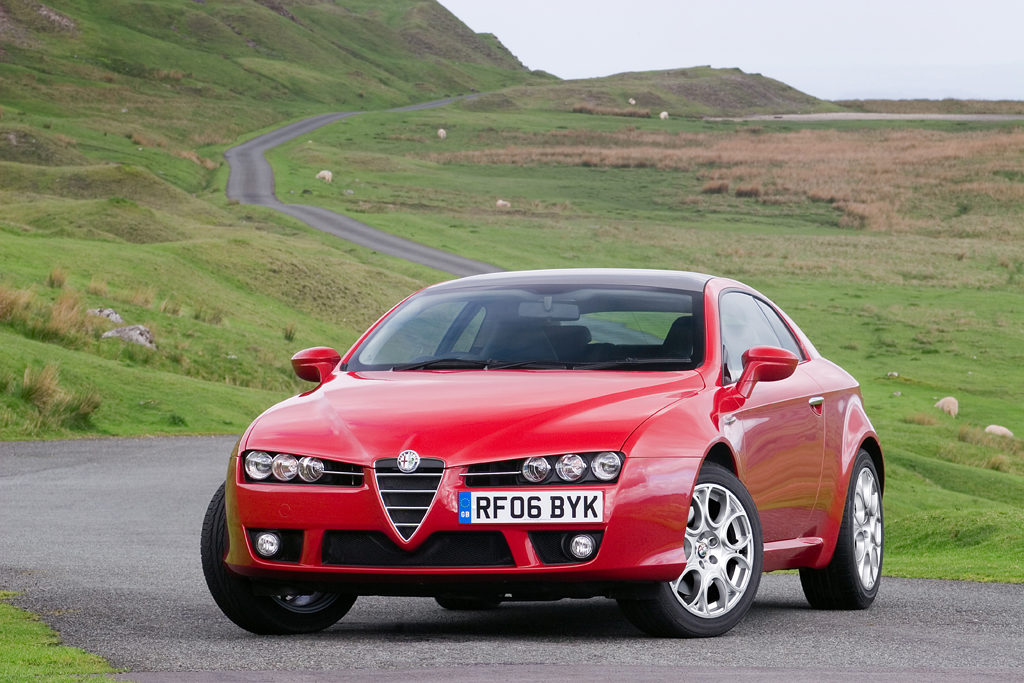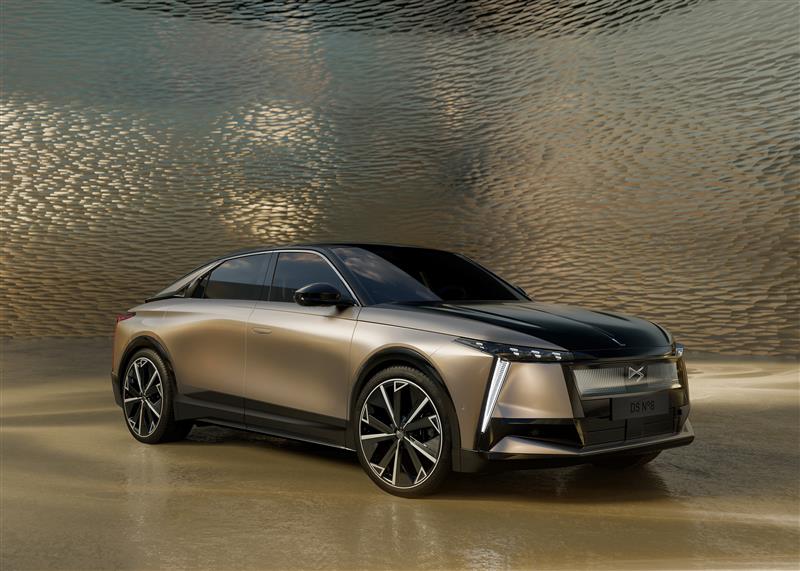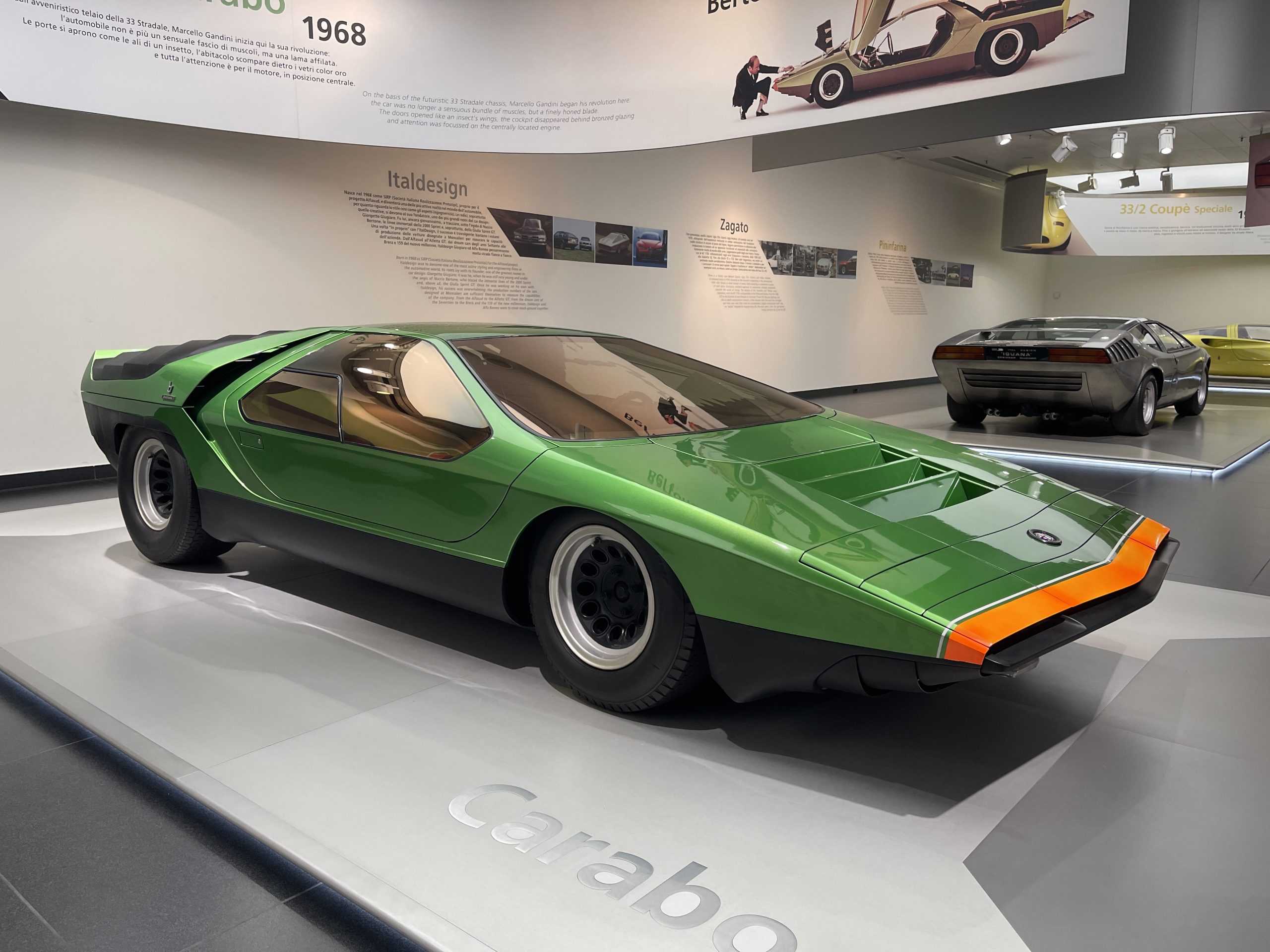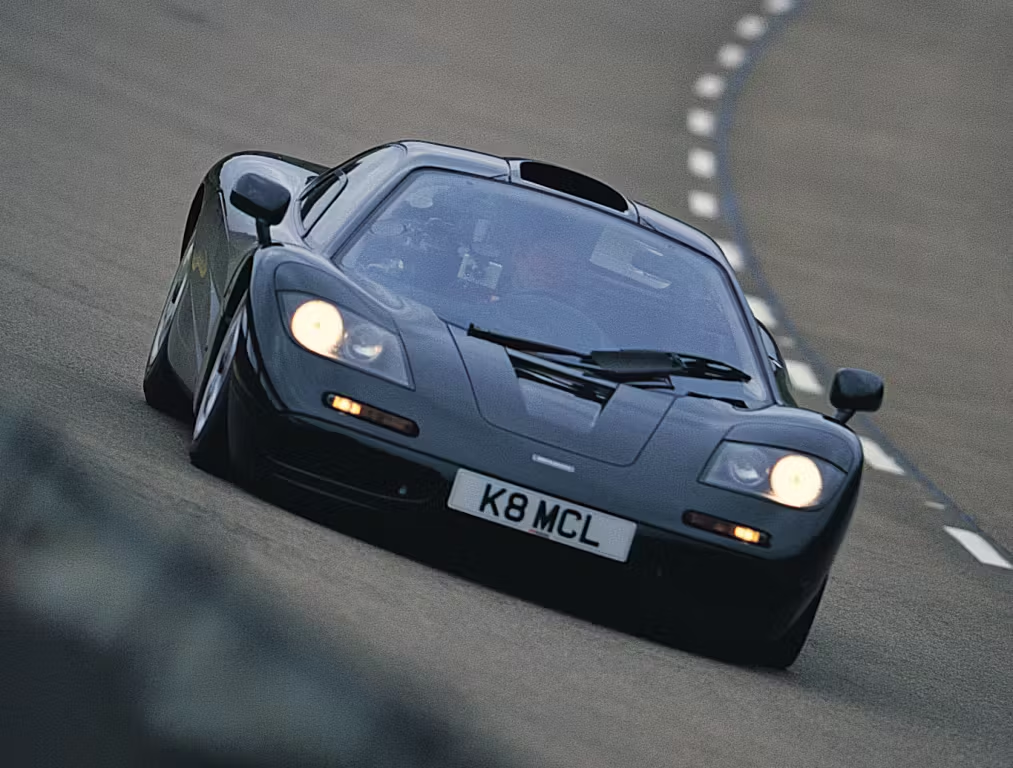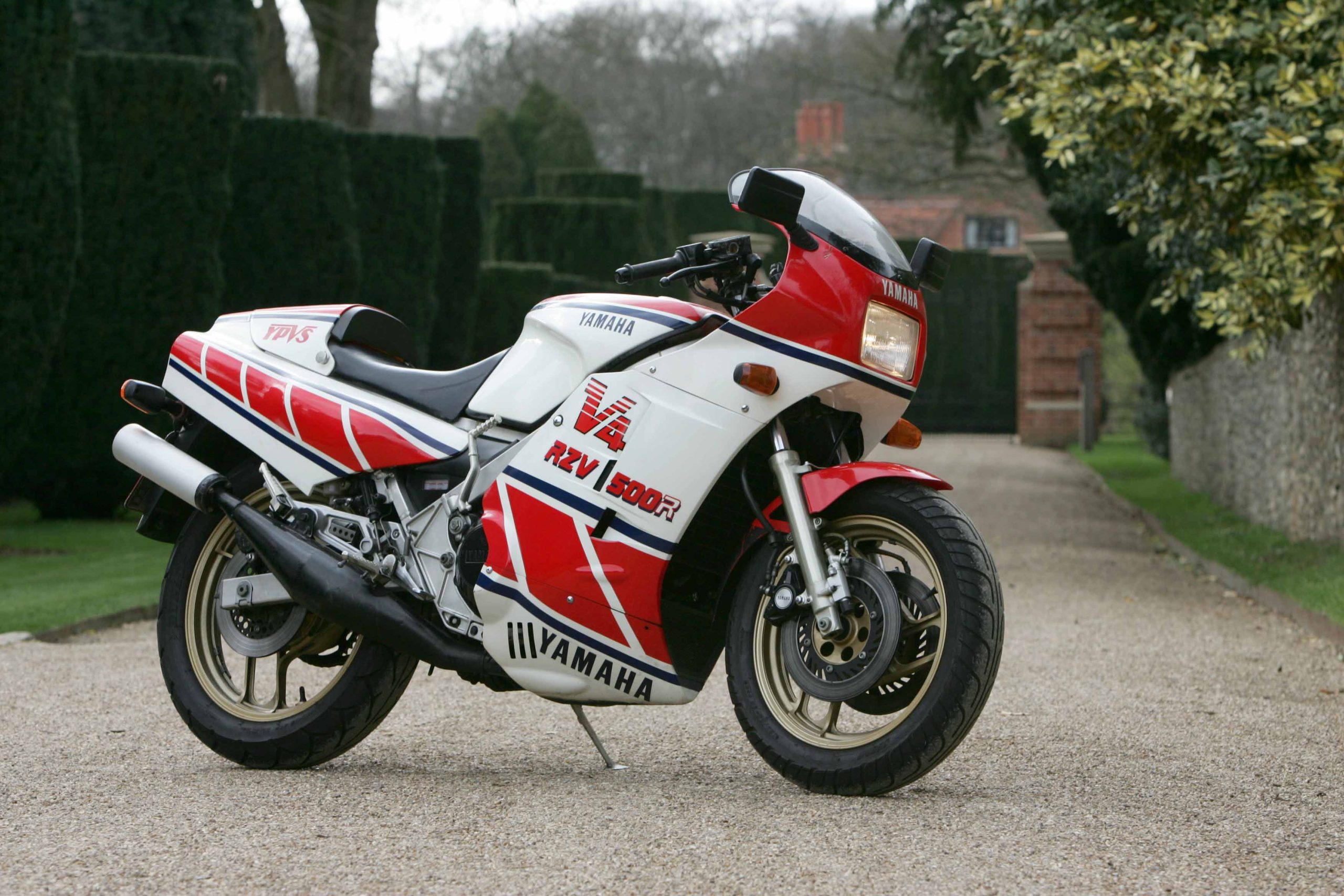It’d be fascinating to find out what was going on behind the scenes at Peugeot in the early 2000s. There must surely have been some catalyst that saw the brand systematically turn one of the most talented and attractive ranges of cars on the market into a lineup that wasn’t just underwhelming, but also so synonymous with inept driving that Top Gear dedicated part of a 2015 episode to brutally lampooning the marque and its drivers.
It’s difficult to pin down the starting point, but it was probably the Peugeot 307, which traded the 306’s unequivocally pretty styling and nimble chassis for a tall and overweight-looking shape that was nowhere near as much fun to drive. A two-three punch followed with 2004’s 407 and the 207 and 407 Coupe of 2006 (the latter most egregious, given how elegant the 406 Coupe had been). There wasn’t a great deal for Peugeot enthusiasts to be thankful for.

The malaise only lasted a decade though, and if we were to pinpoint a moment where things changed back for the better, it would probably be the Peugeot RCZ.

Underneath, it was nothing more spectacular than the Peugeot 308, the even more distressingly styled hatchback that had replaced the underwhelming 307 in 2007. But the same year as the 308 debuted, the company presented a concept car at the Frankfurt motor show called the 308 RCZ, and it was like nothing else in the Peugeot range.
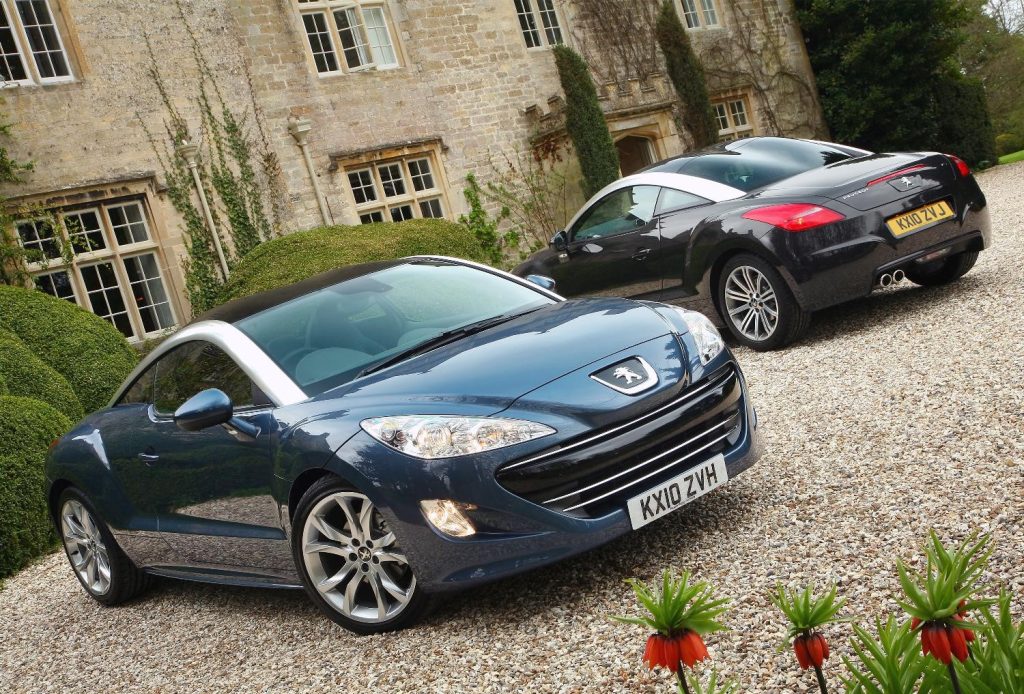
Okay, the front was similar, with the same cartoonish basking-shark grille that sullied the front of almost every car in the range, but this was probably its least offensive application, and things only got better on the car the further back you went. The roofline was fringed by two architectural spans of polished aluminium, leading to a pert tail flanked by surprisingly prominent arches.
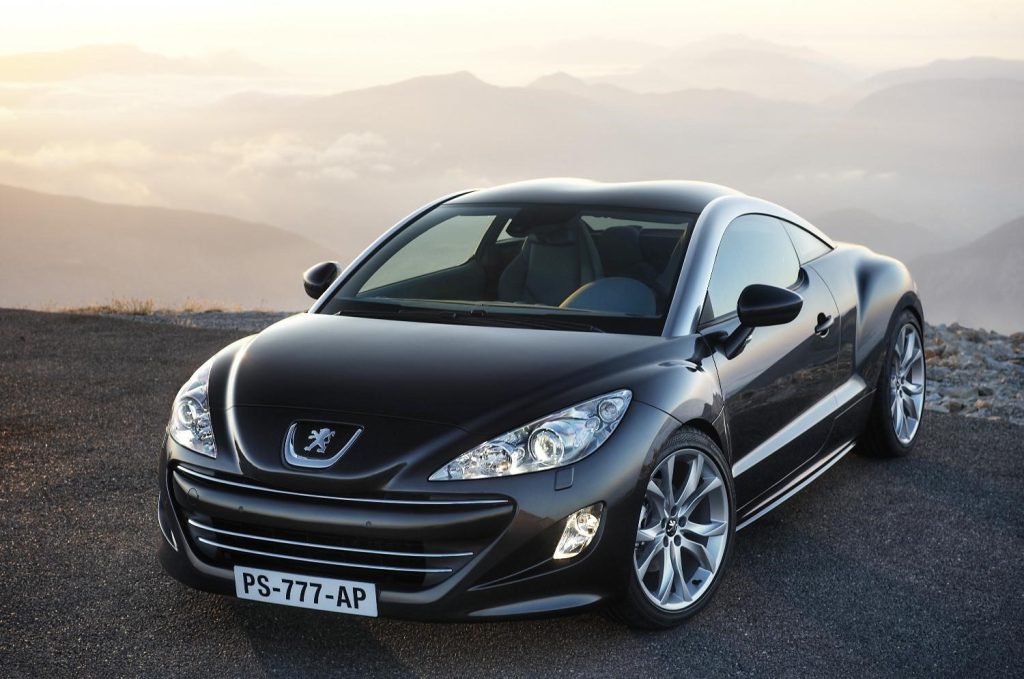

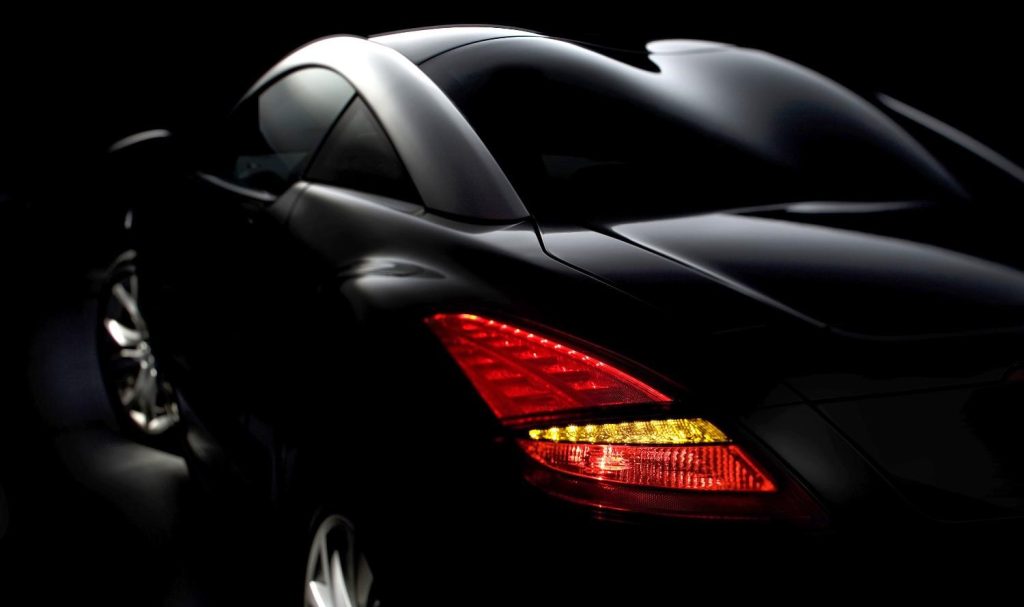
The most eye-catching feature, though, was the roof itself, with the most beautifully executed double-bubble this side of something Zagato-bodied from the 1960s. Even more amazingly, and Peugeot deserves enormous credit for even getting it through to production when the RCZ hit the road in 2010, the rear glass was similarly double-bubbled. The view out was predictably wavy, but that was a small price to pay for the most spectacular bit of glazing on any production car at the time.
Unlike the Audi TT so many road testers compared it to, the RCZ’s cabin wasn’t quite as outrageous as its exterior – here, ultimately, Peugeot had to save some money, so the interior architecture was similar to that of a regular 308. The centre of three air vents was quite neatly replaced with a timepiece though, while Peugeot trimmed the dash in leather and gave it a pair of sculpted sports front seats to go with the largely useless plus-two rear seats.
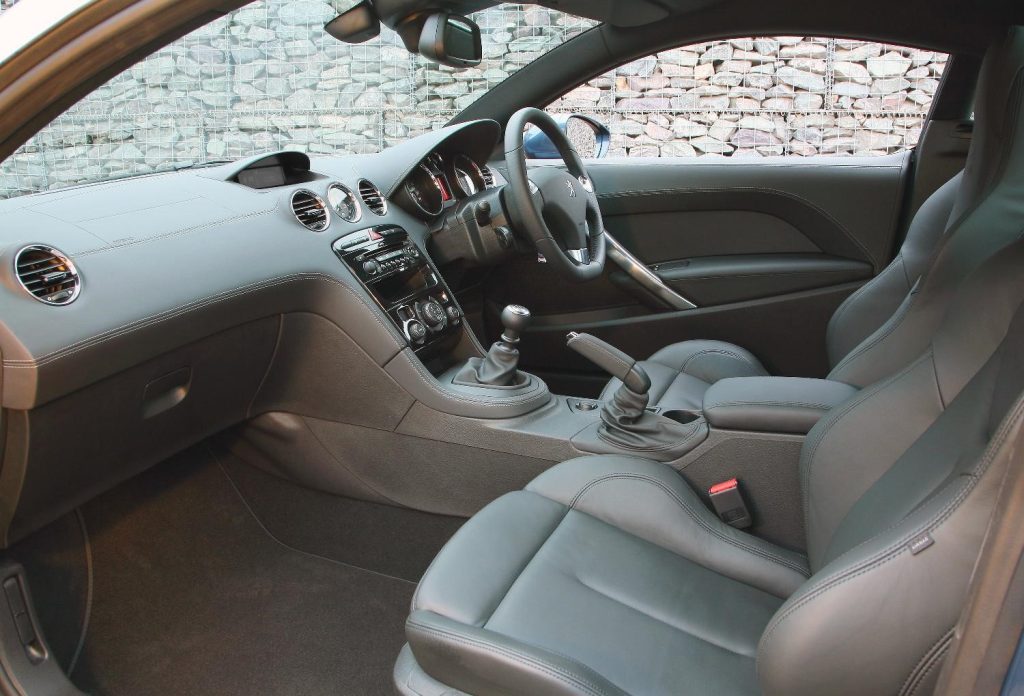
To Peugeot’s credit, it also drove well. For a start, the engineers clearly understood that RCZ drivers might have a sporting bone in their bodies, and it’s one of very few models the firm has made this century that let you turn the stability control all the way off, without it sneaking back in above 30mph. The RCZ had some of that old-school Peugeot balance, too, with good front-end grip and a keenness to rotate further if you lifted off the throttle – albeit not to the hedge-punctuating extent of some of the old hot hatches.
Turbo petrol and diesel engines gave it decent shove, but the RCZ really came of age with 2014’s RCZ-R, with a mighty 270bhp 1.6-litre turbo with forged pistons cribbed from the then-new 308 GTI, and floating Alcon brakes, stiffer suspension, and a limited-slip differential. It was scalpel sharp and, thanks to a range facelift in 2013, its front-end styling was arguably easier on the eye.

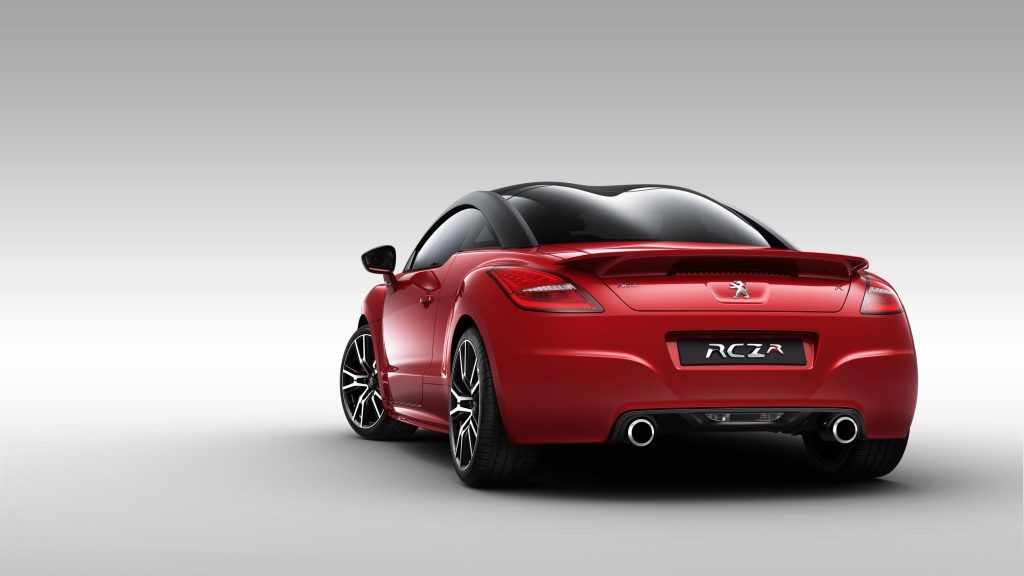
Although it took some time for the rest of the range to catch up with the RCZ, there’s no doubt that it marked the start of a miniature renaissance at Peugeot. The ugliest models disappeared one by one, the 208 and 308 GTIs had genuine talent, and the brand’s mainstream cars improved to the point that today’s 508, descendant of the 407, is one of the most striking and attractive family cars on sale.
For kicking off that renaissance, but also for being one of the most distinctive cars of the 2010s, with one of the all-time great rooflines, the RCZ will surely become one of Peugeot’s more coveted 21st-century models as the years roll on.
